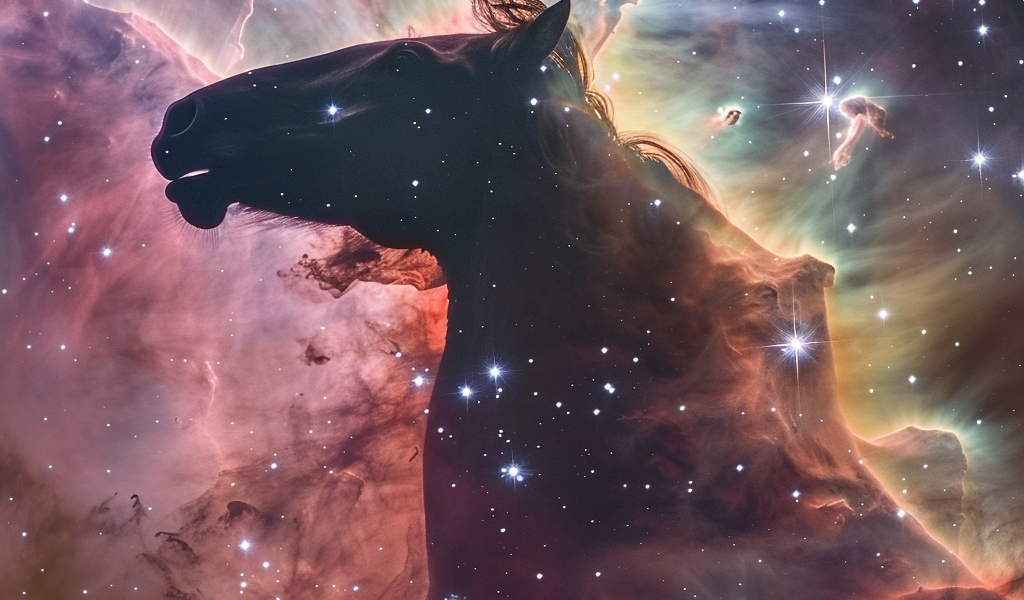The iconic Horsehead Nebula has been captured in unprecedented detail by the NASA/ESA/CSA James Webb Space Telescope, showcasing the beauty and complexity of this celestial object like never before. Situated in the constellation Orion, roughly 1300 light-years away, the Horsehead Nebula, also known as Barnard 33, is a stunning formation rising from turbulent waves of dust and gas.
Formed from a collapsing interstellar cloud of material and illuminated by a nearby hot star, the Horsehead Nebula is a well-known photon-dominated region (PDR). In such regions, ultraviolet light from young, massive stars creates a warm area of gas and dust, influencing the gas chemistry and serving as a vital source of heat.
The Horsehead Nebula’s nearly edge-on geometry and proximity make it an ideal subject for astronomers to study the physical structures of PDRs and the evolution of interstellar matter. With the help of Webb’s MIRI and NIRCam instruments, an international team of astronomers has uncovered small-scale structures at the illuminated edge of the nebula, providing new insights into this fascinating cosmic phenomenon.
By capturing the sharpest infrared images to date of the Horsehead Nebula, the James Webb Space Telescope has opened up a new window into understanding the intricate details of this iconic celestial object. These observations not only showcase the beauty of the nebula but also offer valuable insights into the physical and chemical processes that drive the evolution of interstellar matter in our galaxy and beyond.
As astronomers continue to explore the mysteries of the universe, the Horsehead Nebula stands out as a key target for studying the interactions between radiation and interstellar matter. With its unique characteristics and striking appearance, this celestial wonder continues to captivate scientists and stargazers alike, shedding light on the complex dynamics of our cosmic neighborhood.





